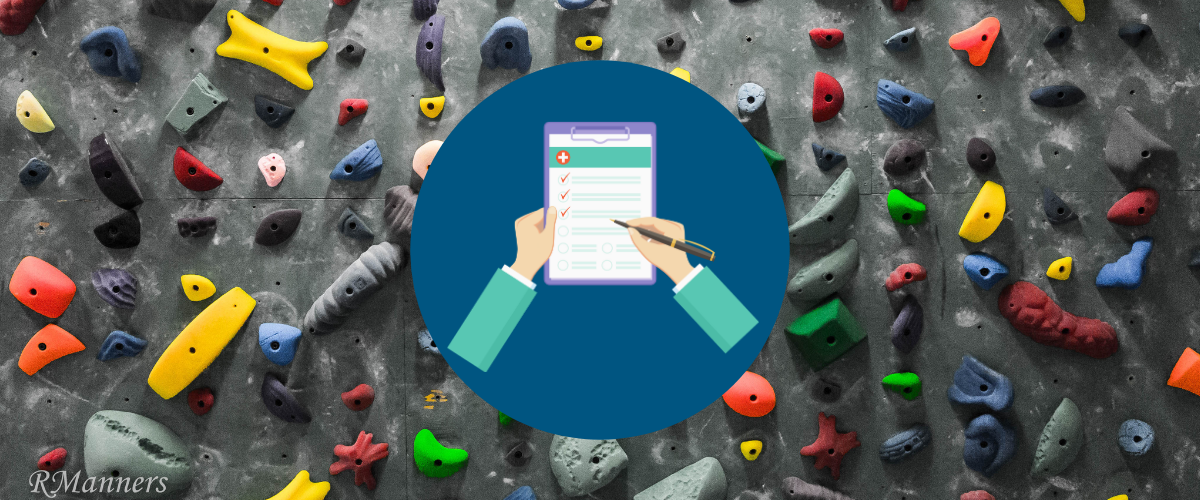How the New COVID-19 Relief Package Helps Indoor Climbing

The President has signed the Consolidated Appropriations Act, 2021 into law, which will have implications for many businesses in the indoor climbing industry. Over the next few weeks, various government agencies will publish clarifications on how they will adopt these new rules, and we may learn more about how specific parts of the law will be applied – particularly in the way that applications will change and payroll protection program (PPP) loan forgiveness will be handled.
The most immediately relevant new law is the Economic Aid to Hard-Hit Small Businesses, Nonprofits, and Venues Act. This creates a new round of PPP funding allowing for a “second draw” opportunity for those who received the first PPP funding. Almost 70% of indoor climbing gyms used the PPP funding and the CWA expects a similar or greater number to take advantage of this second round.
There are a few key changes to be aware of:
- To be eligible for the second draw if you already were granted a PPP loan:
- You must have fewer than 300 employees.
- You must show a 25% reduction in year-over-year revenue from Q1-Q3 2019 compared to 2020. You can only use Q4 2020 if applying in 2021.
- You must have used, or will use, the full amount of your first PPP loan.
- If this is your first PPP loan:
- You must have fewer than 500 employees.
- You must show a 25% reduction in year-over-year revenue. You can only use Q4 2020 if applying in 2021.
- The maximum loan amount for most indoor climbing gyms will be 2.5 times your average monthly payroll up to $2 million:
- Payroll costs now includes group life, vision, dental, and disability costs.
- If you expect your loan to be less than $150,000, the application process should be simpler.
- You are still allowed to use 40% of these funds for non-payroll costs and still be eligible for forgiveness – some of these uses have been clarified.
- Operations Expenditures: “payment for any business software or cloud computing service that facilitates business operations, product or service delivery, the processing, payment, or tracking of payroll expenses, human resources, sales and billing functions, or accounting or tracking of supplies, inventory, records and expenses”
- Property Damage Costs: “a cost related to property damage and vandalism or looting due to public disturbances that occurred during 2020 that was not covered by insurance or other compensation”
- Supplier Costs: payment to a supplier of goods for goods that are essential to the operations of the entity at the time at which the expenditure is made; and is made pursuant to contract, order, or purchase order…”
- Worker Protection Expenses: “operating or a capital expenditure to facilitate the adaptation of the business activities of an entity to comply with guidance issued by HHS, CDC, OSHA or any equivalent requirements issued by state or local government since March 1, 2020.”
- These are expenses such as sneeze guards at your front desk, health screening equipment, and other facility modifications.
- If you did not qualify for the first round of PPP, or if you did not receive the maximum possible loan amount, you can now reapply, as many of these changes are retroactive.
One of the greatest changes to your access to relief is that now, even if you took a PPP loan, you can access the Employee Retention Credit (ERC). You can’t apply this credit to wages that are funded by the PPP loan, but you may be eligible to apply this credit to payroll from the beginning of the covered period, March 12, 2020. It is important to note that the priority for covered costs goes to the ERC but you can choose which program to apply to your payroll costs. If your PPP loan is not forgiven, wages paid may still be eligible for the ERC.
- The ERC is available to businesses that were fully or partially suspended for 1 or more quarters in 2020 or who had more than a 50% drop in gross receipts from the same quarter in 2019 and the first quarter with losses less than 20%.
- If you had more than 150 employees (previously 100) in 2019, you can only use this credit for employees who are being paid but not working or providing service. If you have less than 150 employees, you can use the credit for all wages.
- The Employee Retention Credit has been extended to July 1st, 2021.
- The previous credit of 50% of qualifying wages has increased to 70%.
- The calculation for qualifying wages was previously capped at $10,000 per employee. This has been modified to “$10,000 per employee per calendar quarter.”
More guidance should be coming from the IRS and SBA over the next few weeks. What business expenses will be deductible from your gross income and how those deductions interact with your PPP loan status is still unknown. However, in broad strokes any business expenses covered by a PPP loan should be deductible going forward. The new law also requires the SBA to simplify the forgiveness application and process.
Looking back at the roll out of the first round of PPP funding, you should immediately begin to explore your options before loans become unavailable. Start by contacting the bank you are already working with and try to maximize your initial PPP loan amount. If this is your first time applying for a PPP loan, you can find eligible lenders through the SBA.
After securing your PPP funds, begin to explore the Employee Retention Credit with your accountant. There may still be additional relief coming with the new administration, but do not wait to take advantage of the programs available now.
About the Author
 Garnet Moore is the Interim Executive Director at the Climbing Wall Association. Garnet brings more than a decade of experience in the climbing industry, serving gyms, manufacturers, and many climbing friends and partners.
Garnet Moore is the Interim Executive Director at the Climbing Wall Association. Garnet brings more than a decade of experience in the climbing industry, serving gyms, manufacturers, and many climbing friends and partners.
